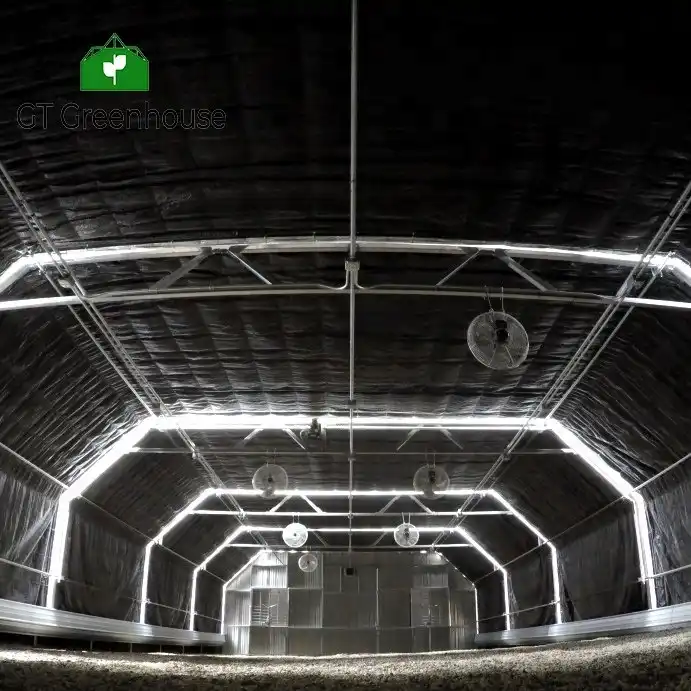Maximizing Crop Growth and Quality: Understanding Greenhouse Blackout Systems
Greenhouses have revolutionized agricultural practices by providing controlled environments for optimal plant growth. However, maintaining precise conditions, especially concerning light exposure, is crucial for the success of crops. Greenhouse blackout systems have emerged as an essential tool for managing light cycles, enhancing plant growth, and improving crop quality.
Understanding Greenhouse Blackout Systems
Greenhouse blackout systems are mechanisms designed to control and manipulate the amount of light reaching plants within a greenhouse. These systems offer the ability to create periods of darkness or regulate the duration of light exposure, simulating natural day and night cycles.
The primary function of blackout systems is to facilitate various growth stages of plants, especially those that require specific light conditions. These stages might include stimulating flowering, preventing premature growth, or adjusting photoperiods to influence plant growth patterns.
Components and Operation
- Blackout Screens/Curtains: The cornerstone of these systems, blackout screens or curtains, are made from light-proof materials. They are typically automated and can be deployed to cover the entire greenhouse or specific sections. These screens efficiently block out external light, creating a controlled environment.
- Motorization and Control Systems: Automated blackout systems are integrated with motorization mechanisms and control systems. These allow for precise adjustments, scheduling, and programming of blackout periods, ensuring accurate light management.
- Light Sensors and Timers: Some advanced systems incorporate light sensors and timers to monitor ambient light levels. These sensors trigger the blackout curtains to deploy or retract based on predefined light thresholds or programmed schedules.
Benefits of Greenhouse Blackout Systems
- Enhanced Crop Quality: By regulating light exposure, blackout systems help maintain consistent environmental conditions, resulting in better-quality crops. This is particularly crucial for light-sensitive plants and those requiring specific photoperiods for growth.
- Improved Growth Control: Controlling light cycles influences plant growth stages, ensuring proper development and potentially increasing yield. For instance, simulating shorter days can induce flowering in certain plant species.
- Energy Efficiency: Blackout systems contribute to energy efficiency by reducing reliance on artificial lighting during daylight hours and minimizing heat loss during colder periods.
- Pest and Disease Management: Light manipulation can disrupt the lifecycle of certain pests and pathogens, acting as a preventative measure against infestations and diseases.
Applications in Agriculture
Greenhouse blackout systems find applications in various agricultural sectors:
- Horticulture: For flowering control in ornamental plants or to manage growth phases in vegetables and fruits.
- Cannabis Cultivation: Crucial for controlling light cycles to optimize cannabinoid production and ensure higher yields.
- Research and Experimentation: Essential in scientific research to study plant responses to different light conditions and photoperiods.
Greenhouse blackout systems have become indispensable tools in modern agriculture. Their ability to manipulate light cycles and create controlled environments significantly impacts plant growth, development, and crop quality. As technology advances, these systems continue to evolve, offering more precise control and customization options for growers, ultimately leading to improved productivity and higher-quality yields.

